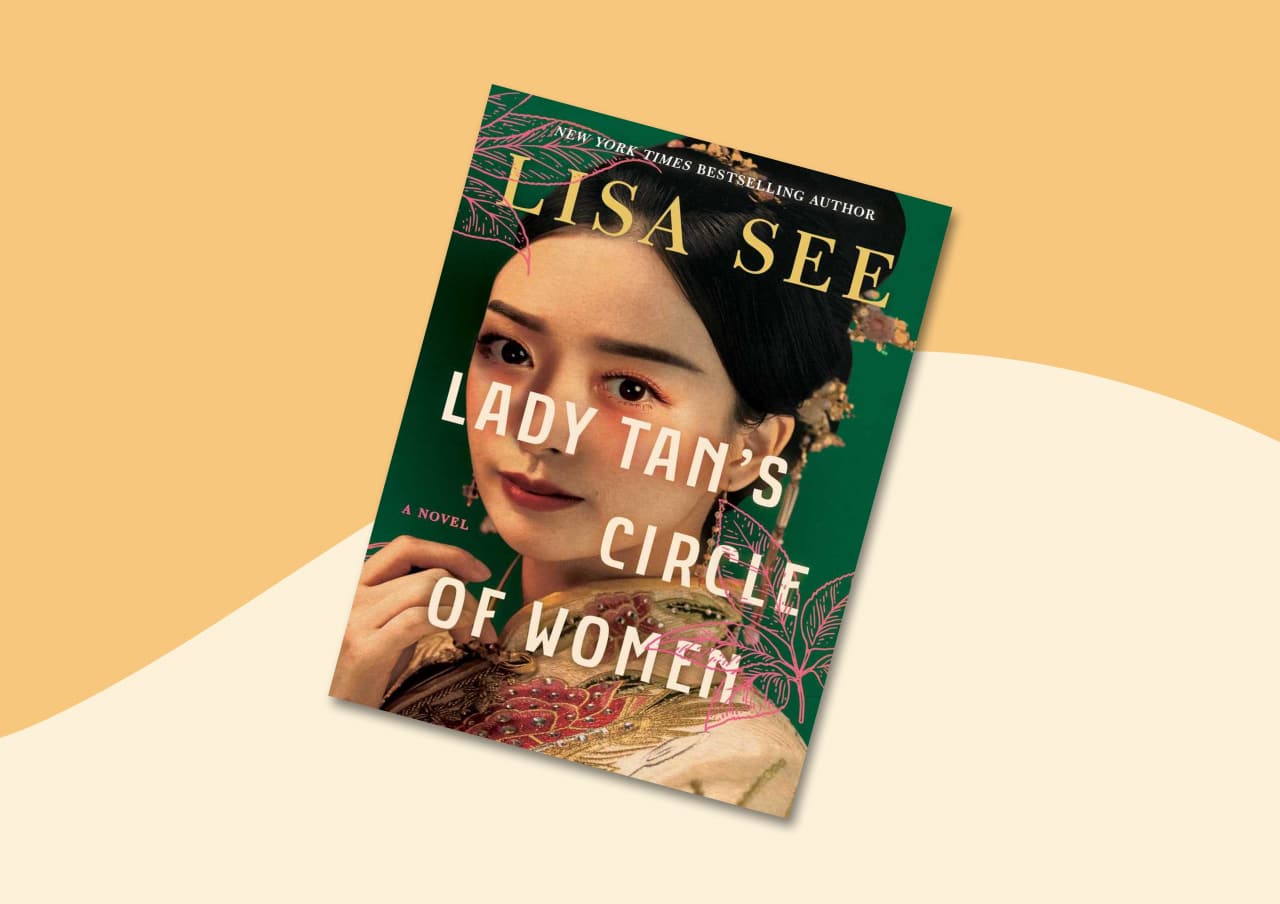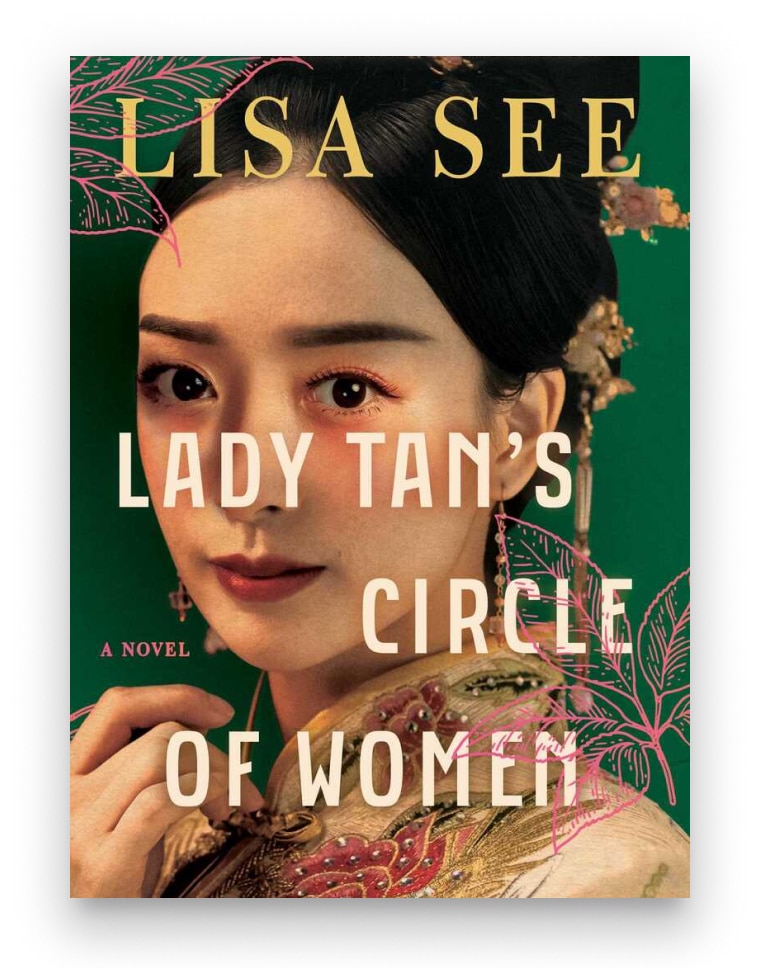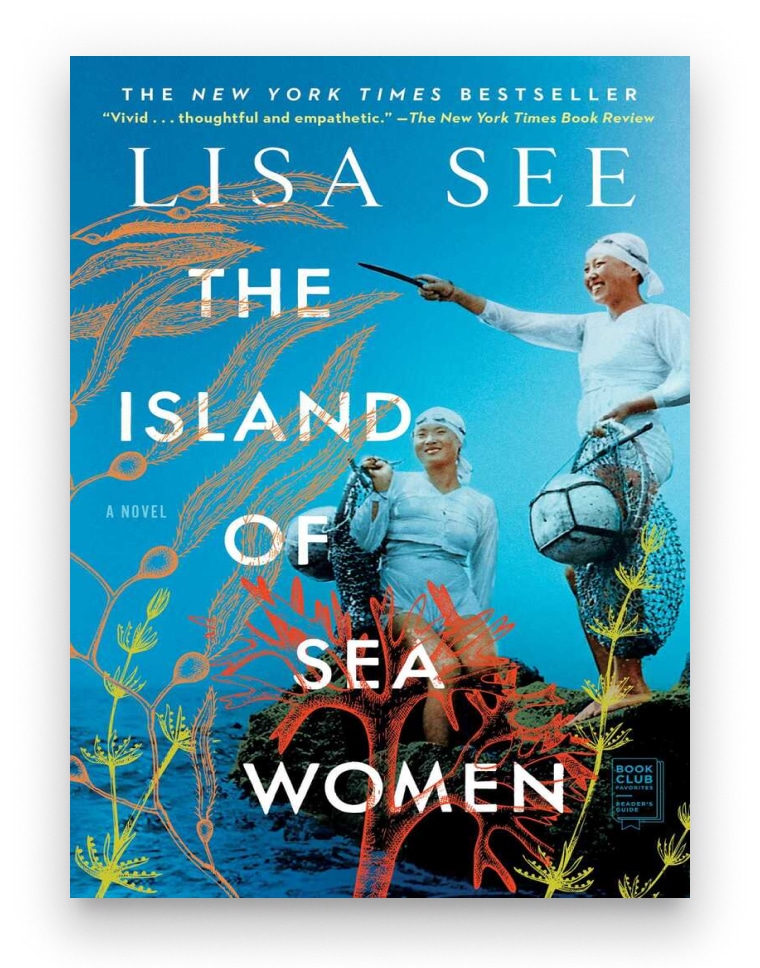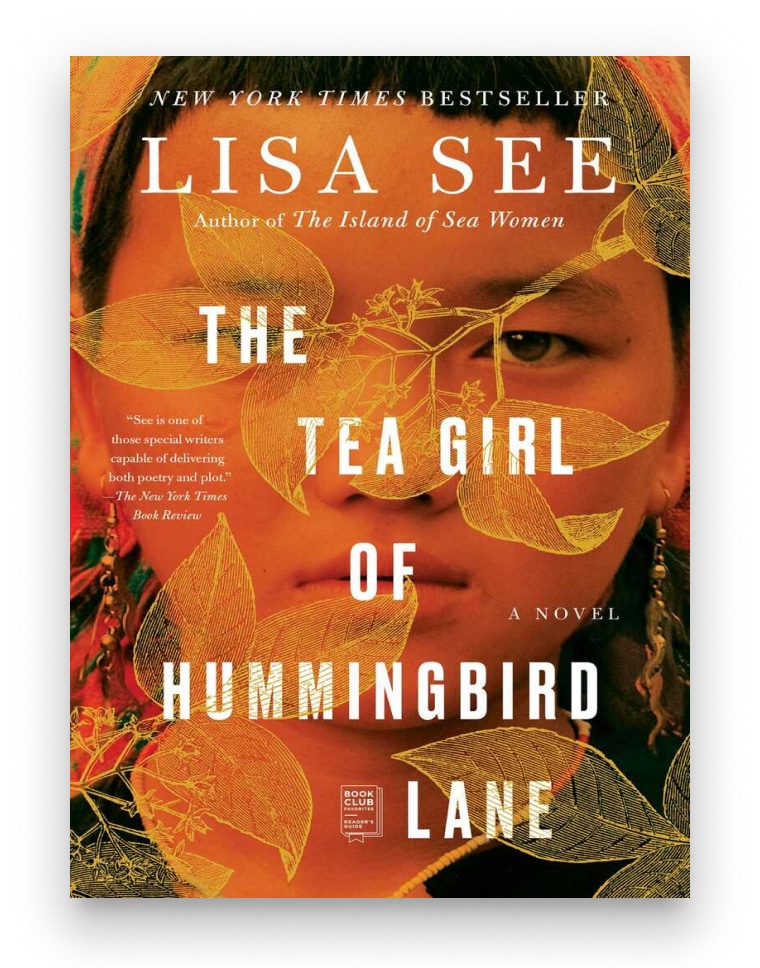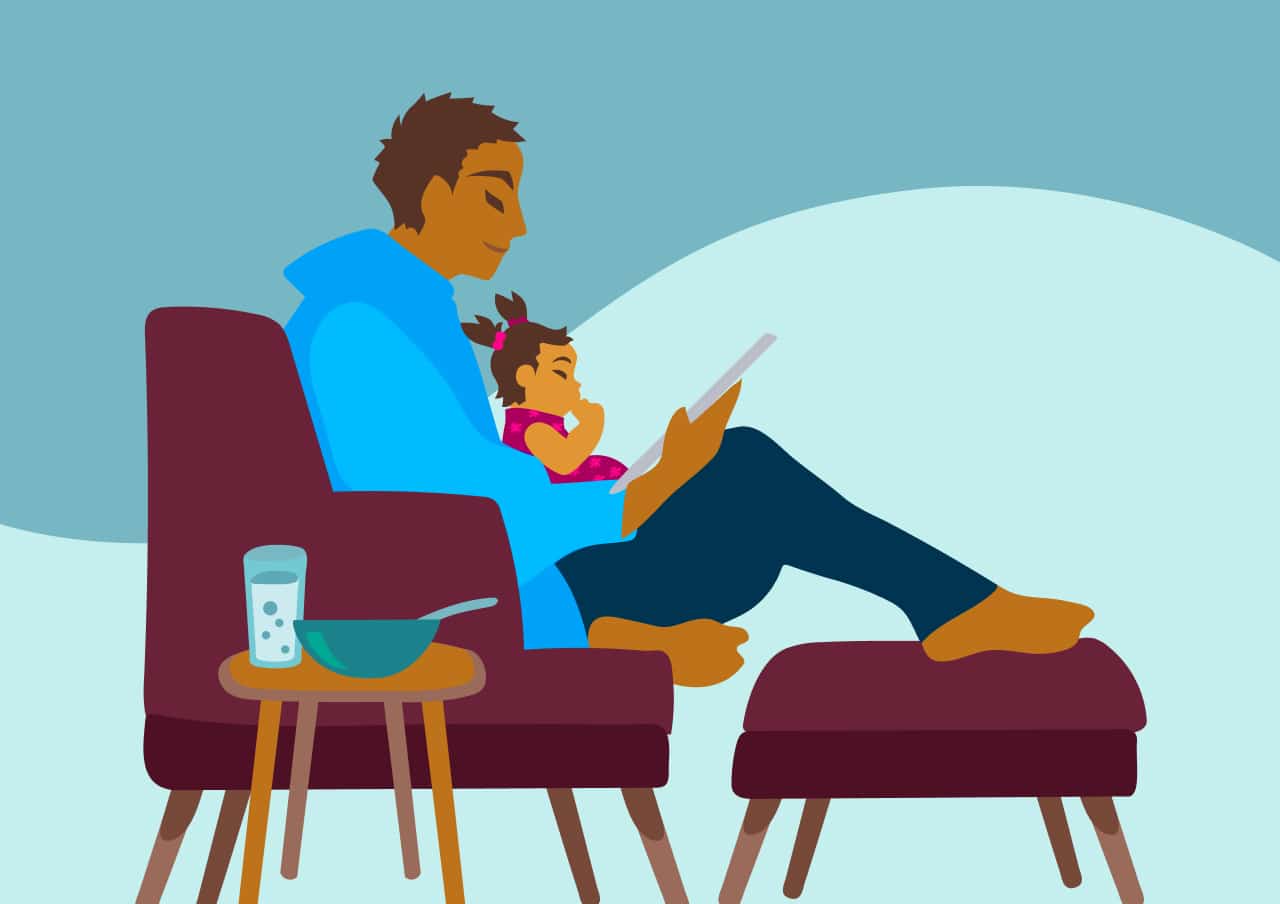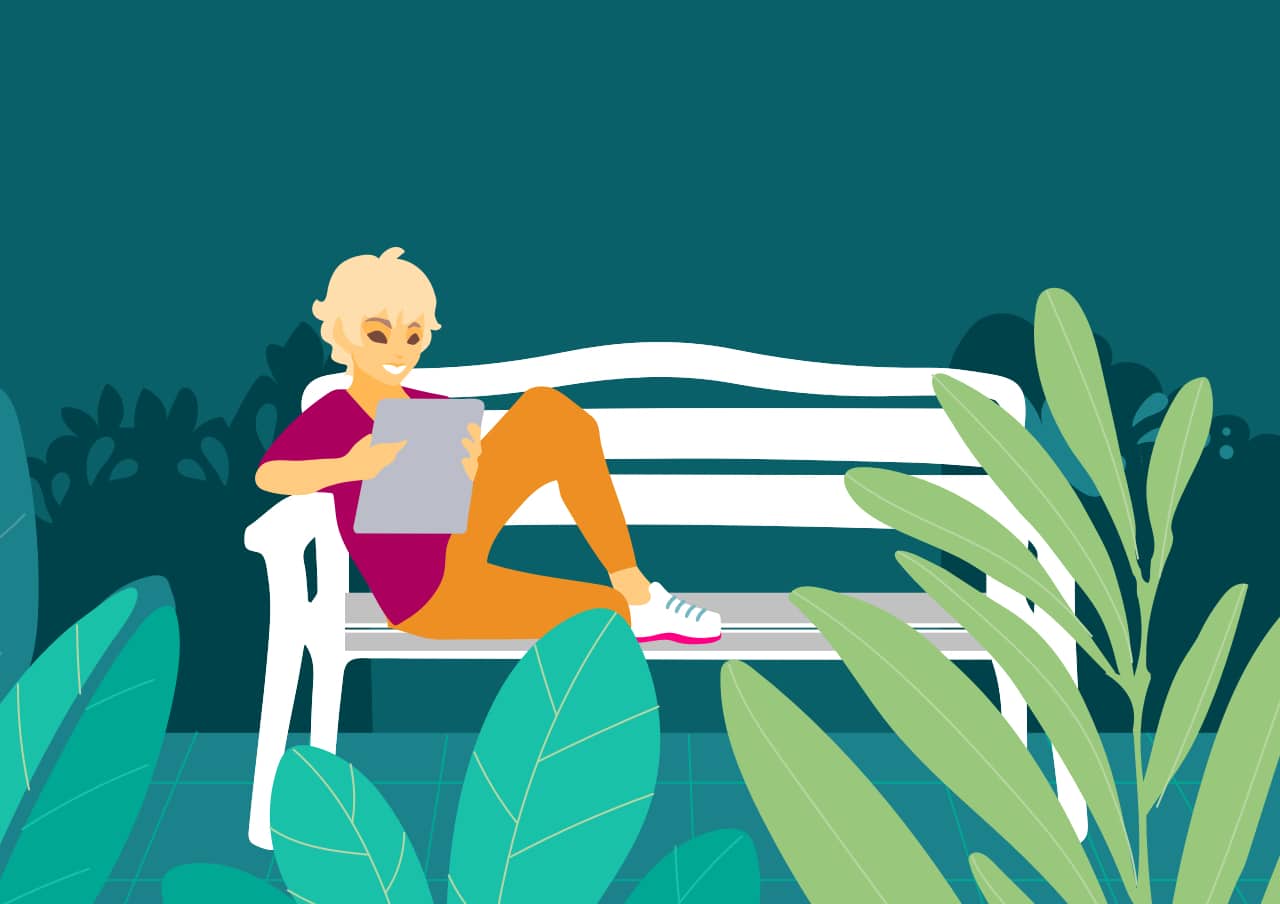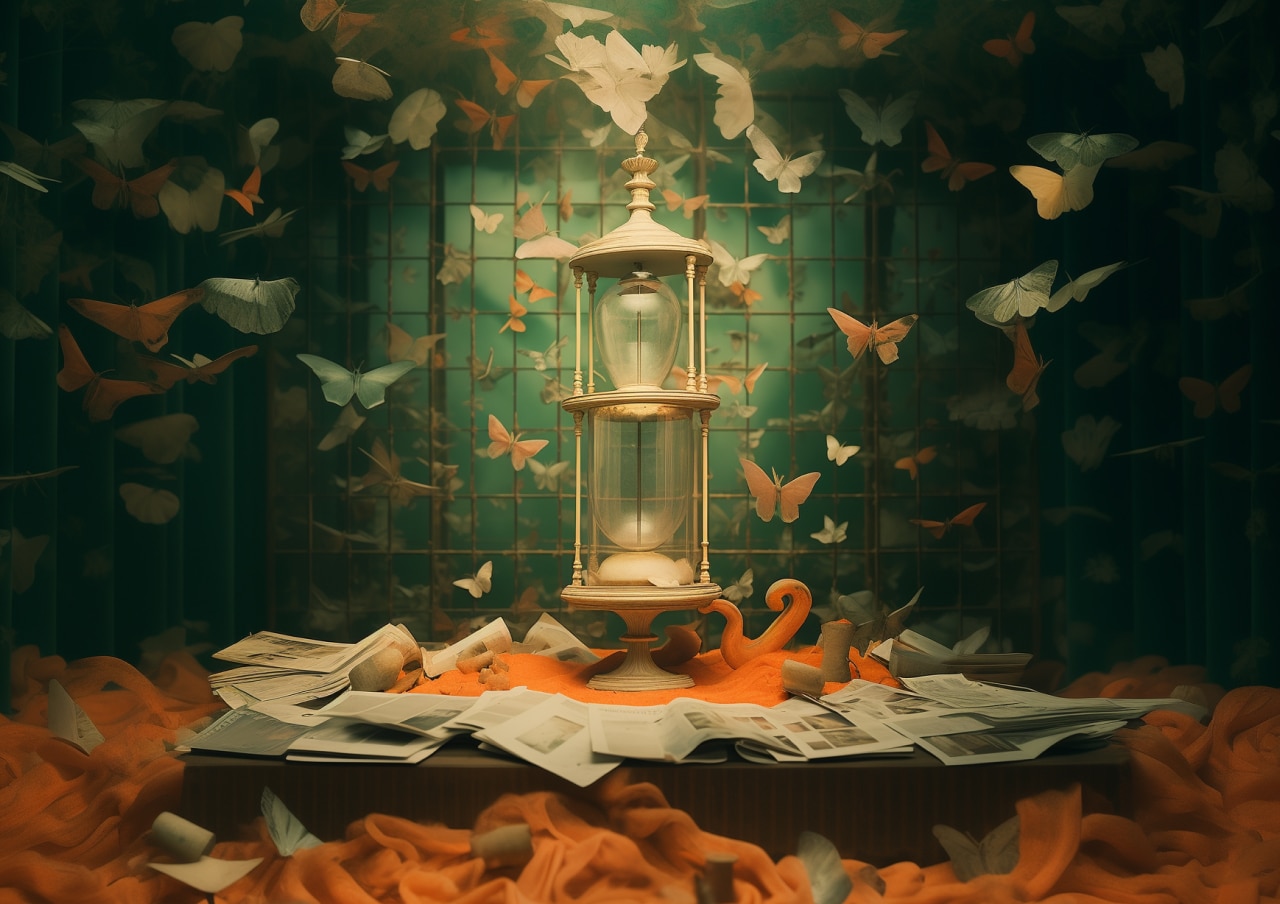
Bestselling, award-winning, and fan-favorite author Lisa See captivates readers and critics alike with her moving books. In The Island of Sea Women, female divers brave dangerous work to provide for their remote village in Korea. Tradition and modernity clash in The Tea Girl of Hummingbird Lane, testing the bond between a mother and daughter in California and a mountain village in China. Her newest novel, Lady Tan’s Circle of Women, stars a female doctor in 15th-century China based on a real-life physician who practiced during the Ming dynasty. See’s work centers women’s experiences and relationships — all firmly anchored in her deep research into fascinating histories.
Here, See shares why research is like a treasure hunt, how a story about a worm inspired her recent novel, and her all-time favorite character.
Many of your books explore the power of women’s friendships and relationships (a doctor and midwife in Lady Tan’s Circle of Women, best friends and sea divers in The Island of Sea Women, mothers and daughters in The Tea Girl of Hummingbird Lane). What inspires you to write about this topic?
Lisa See: I’m a woman. I write about women. Most readers — and not just of my books — are women. I’ve written about mothers and daughters, sisters, and friendship. I find myself being drawn back to female friendship again and again. It’s such a unique relationship we have in our lives. We’ll tell a friend something we wouldn’t tell a boyfriend, lover, husband, mother, or our children. It’s a very particular kind of intimacy. Of course, any time you have your heart completely open, you’re vulnerable to being hurt or betrayed. So while I write about the deep bonds of female friendship — the ways we support and love each other — I’m also curious about the dark shadow sides of friendship. Wherever I see those dark shadows and corners, that’s where I want to go.
Your historical fiction and family memoir all transport readers to different eras and settings with rich, vivid details that really bring the people, places, and time periods alive. What is your research process?
Lisa See: I love research. It’s my favorite part of the writing process. I look at research like a treasure hunt. I never know what I’m going to find. When I was working on The Island of Sea Women, I came across the fact that the number one way that the divers died in the past and even today is when they’re harvesting abalone. When I read that, I didn’t actually wring my hands together in a fiendish way, but there was a part of me that thought, Oh, goodie! I have to use that! Something similar happened when I was working on Lady Tan’s Circle of Women. I came across a story that involved a worm. That’s as far as I’ll go without giving away any spoilers, but suffice it to say I had an almost giddy reaction. This is so neat! I have to use this! Then, for me, it becomes a matter of where and how I’ll use the story: at the beginning, the middle, the end? Why is it there? What’s the ripple effect?
To answer your question more specifically, I do research in every way you can imagine. I look on the internet to see what I can find. (Of course, I have to be extra careful with what I find on the internet to make sure it’s accurate.) I live close to UCLA, and I’ve been in all seven research libraries. I visit different archives and collections. I interview people who’ve lived through the history I’m writing about and scholars who’ve written about particular people, an era, or some unique piece of history. I also go to the places I write about. I try to use all the senses to capture the feel of a place: What do people eat, what does the wind sound like in the trees, what are the aromas — good and bad — and so on?
For fans of your books who are looking for more stories about the topics and themes you write about, do you have any recommendations for books or podcasts?
Lisa See: I’m going to be pretty pathetic in my answer to this question, because I don’t read a lot of fiction. Let me put it another way. I try to avoid fiction when I’m writing. I don’t want someone else’s voice to seep into my head even inadvertently. I’m also writing about a different culture set in the distant past. I hope I would never write a sentence like this, but I couldn’t write, “The feeling was electric,” if electricity hadn’t been invented or wasn’t available in that area of the world yet. When I’m writing, it’s like I put on blinders, so I can keep my eyes, my brain, and my imagination totally within the culture and time I’m writing about. As a result, I read a ton of nonfiction — often published or unpublished dissertations on the subject I’m writing about.
All that said, when I was working on Lady Tan’s Circle of Women — which was during the first two years of the pandemic — I listened to Rereading the Stone — a great podcast about the classic Chinese novel, The Story of the Stone, also known as Dream of the Red Chamber. The two hosts discussed everything from history to culture, from servants to nobility, from food to festivals, from the naming of characters to the love and tragedies that befall the three main characters. Reading the novel — which is big, romantic, and beautiful — is a challenge. The podcast is a great way to explore all the nuances.
What do you read or listen to when you’re looking for inspiration and/or distraction while writing?
Lisa See: Like I said, I don’t read fiction when I’m writing, but I do read a ton of nonfiction about all kinds of esoteric things that I might need to use in a novel. For inspiration or to try to solve a plot problem, a walk always works. The shower is pretty good too. Actually, now that I think about it, I often find the best solutions to knotty plot points when I’m on the freeway.
You wrote a series of books under the pen name Monica Highland with your mother, Carolyn See, and friend, John Espey. Collaborating with your mom, were there any surprising or new things you learned about each other?
Lisa See: Well… Those books had a lot of sex scenes. There were many times when I’d look over at my mom and John and think to myself, They do that?
How did your experience as a journalist inform your work writing novels?
Lisa See: Working as a journalist has played a huge part not only in how I approach writing but also in how I do my research and how I do interviews. A journalist thinks about the four Ws, and so do I: who, what, when, and where. I think there’s also something to be said for “leaving no stone unturned.” I keep looking, digging, poking, and prodding. There’s always something else to be found. But maybe the most important lessons I learned have to do with interviewing people. I don’t start with hard questions. I learned early on to begin with “easy” questions: What were your favorite foods as a child? What games did you play as a child? When was the first time you tasted ice cream? I can learn a lot from the answers to these questions. More importantly, they build trust, so that I can move to harder topics: What was it like when you were kidnapped? What happened to you and your family during the Japanese occupation? How did you feel as a 15-year-old going into an arranged marriage and having sex with your husband when you’d never even seen him before?
If you could swap jobs with any character, real or fictional, who and what would it be?
Lisa See: This is such a hard question! My first choice was Amelia Earhart, but things didn’t turn out all that well for her, did they? Then I went to Meg from Little Women. She’s such a decent person, but a little boring perhaps. My all-time favorite character is Ripley in Alien and Aliens, but would I want to swap jobs with her? No way!
Books by Lisa See


